Campomanesia xanthocarpa var. littoralis - 1 potted plant / 1 getopfte Pflanze

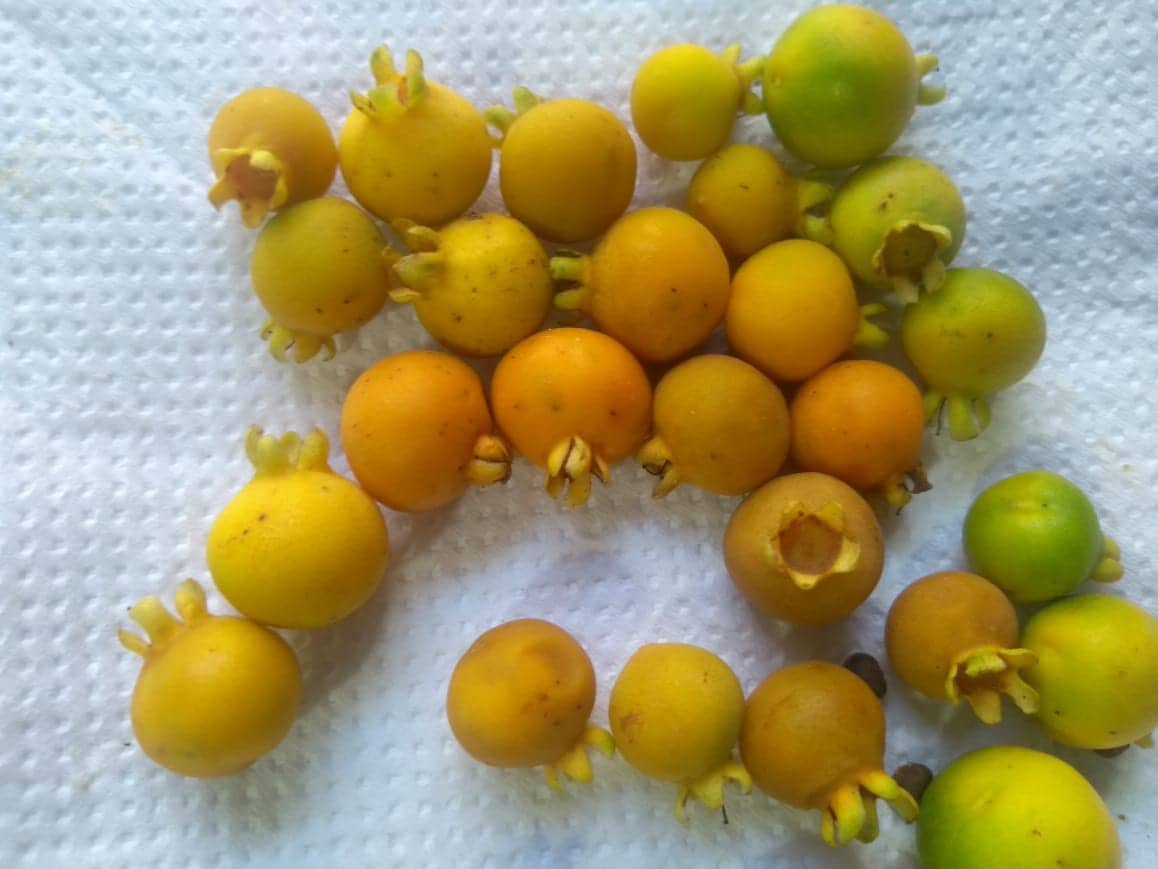

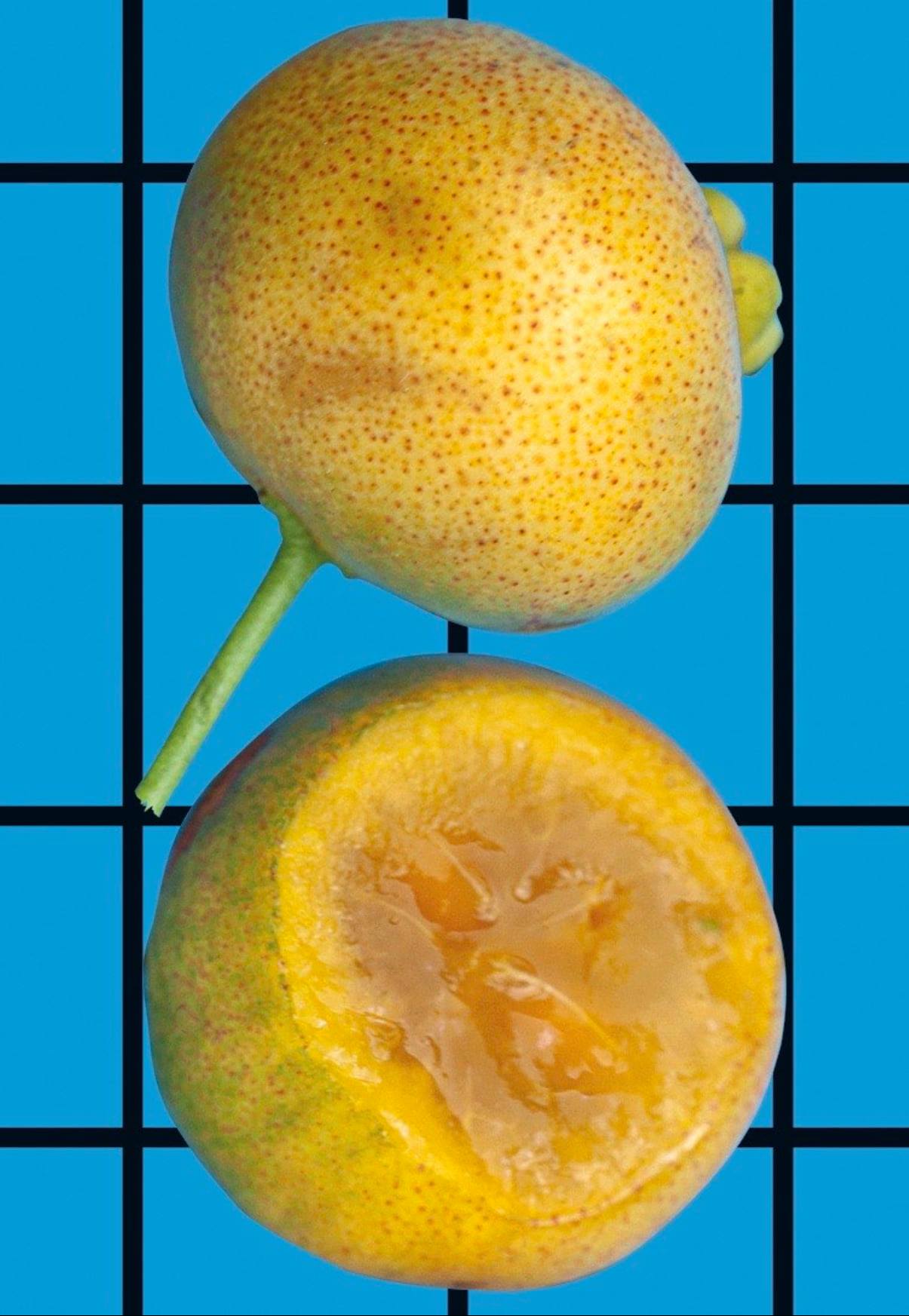

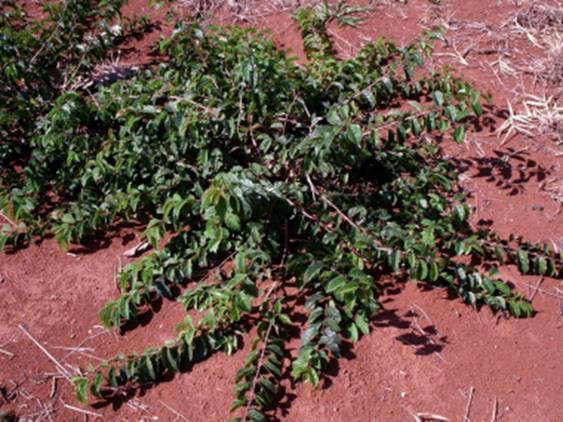
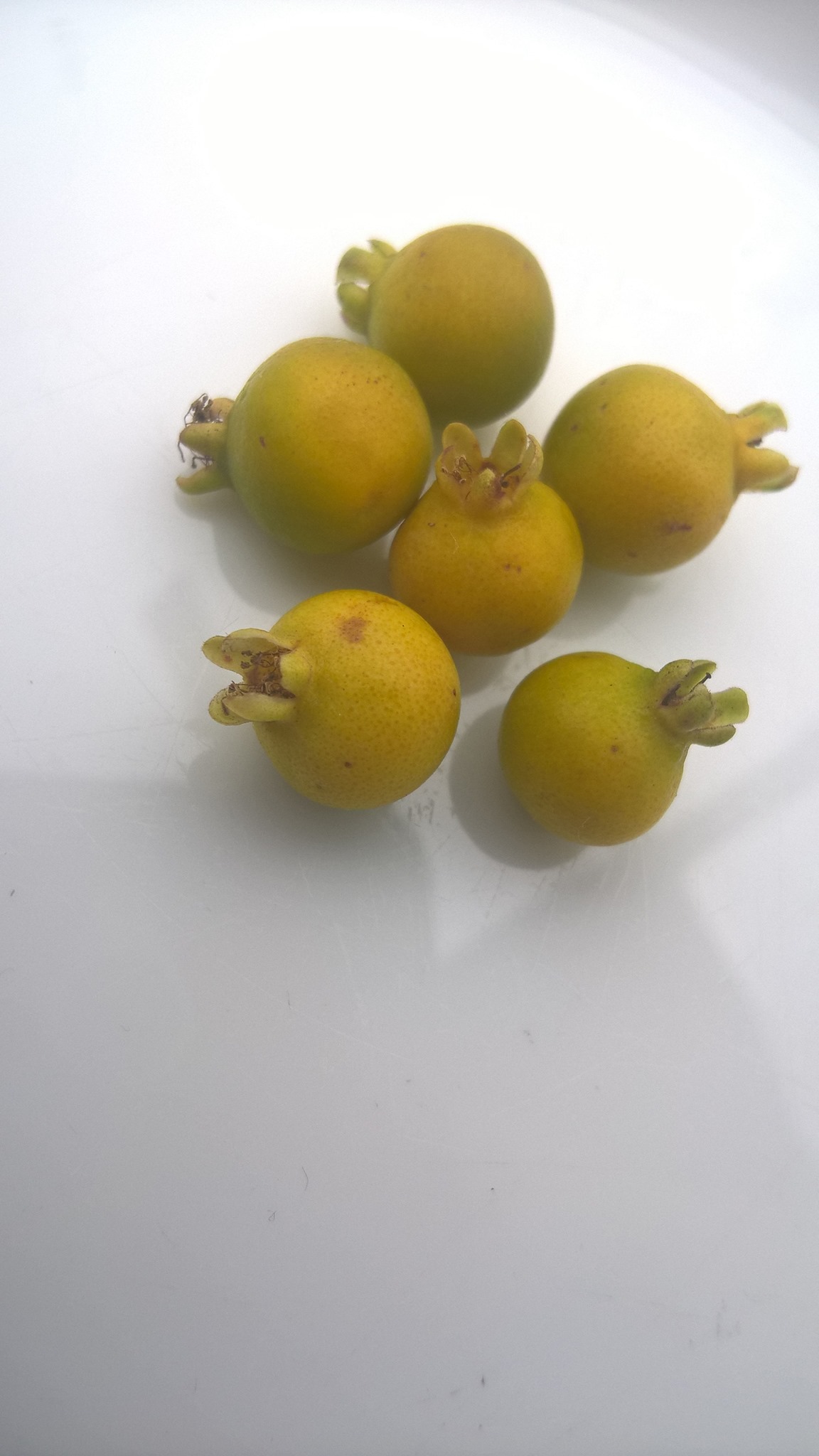

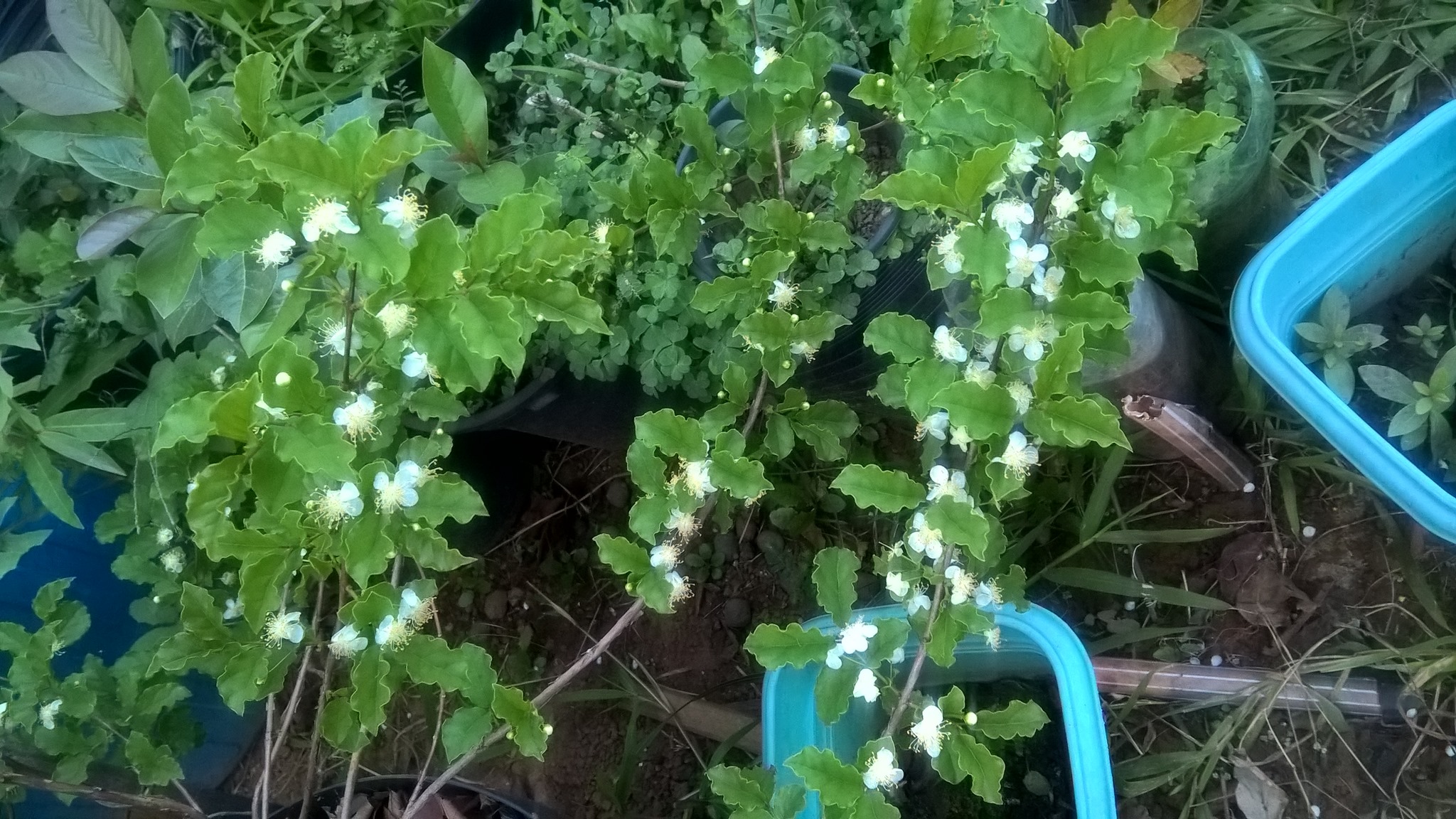



























Campomanesia xanthocarpa var. littoralis
Family / Familie: Myrtaceae
origin from / Herkunft: South Brasil / Südbrasilien
Climate / Klima: temperate to warm (10-30C / 50-84F) / gemäßigt bis warm (10-30C / 50-84F)
Taste / Geschmack: very good taste / sehr guter Geschmack
you buy / sie kaufen: 1 potted plant / 1 getopfte Pflanze
Delivery EU only
This rare Guabiroba (that's what Brazilians call the fruits of the Campomanesia) comes from the south of Brazil.
The south of Brazil is the coldest and therefore this Campomnesia can also tolerate colder weather.
The name "xanthocarpa var. littoralis" is a bit misleading because this Campomensia has clear differences to the normal "xanthocarpa".
While the normal C. xanthocarpa becomes a tree, the var. littoralis remains a creeping shrub.
In Brazil they say rasteira (creeping). The leaves also look a bit different to those of the xanthocarpa.
And last but not least, the var. littoralis flowers after just 3 years and the xanthocarpa only after about 5 years.
The small, yellow fruits are small and delicious. You can eat them fresh or make delicious ice cream, juices, etc. from them.
Please overwinter this plant at at least 10 degrees, even if it can tolerate colder temperatures.
Diese seltene Guabiroba (so nennt der Brasilianer die Früchte der Campomanesia) stammt aus dem Süden Brasiliens.
Im Süden Brasiliens ist es am kältesten und daher verträgt diese Campomnesia auch kälteres Wetter.
Der Name "xanthocarpa var. littoralis" ist etwas irreführend denn diese Campomensia hat deutliche Unterschiede zur normalen "xanthocarpa".
Während die normale C. xanthocarpa ein Baum wird, bleibt die var. littoralis ein kriechender Strauch.
In Brasilien sagt man rasteira (kriechend). Auch die Blätter sehen etwas anders aus als bei der xanthocarpa.
Und zu guter letzt blüht die var. littoralis bereits nach 3 Jahren und die xanthocarpa erst nach ca. 5 Jahren.
Die gelben, kleinen Früchte sind klein und lecker. Man kann sie frisch essen oder leckeres Eis, Säfte usw. daraus herstellen.
Bitte diese Pflanze bei mindestens 10 Grad überwintern auch wenn sie es kälter verträgt.
